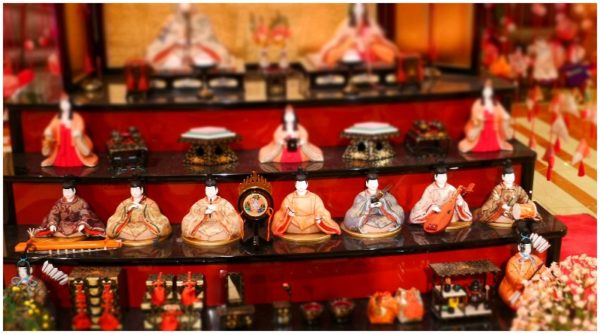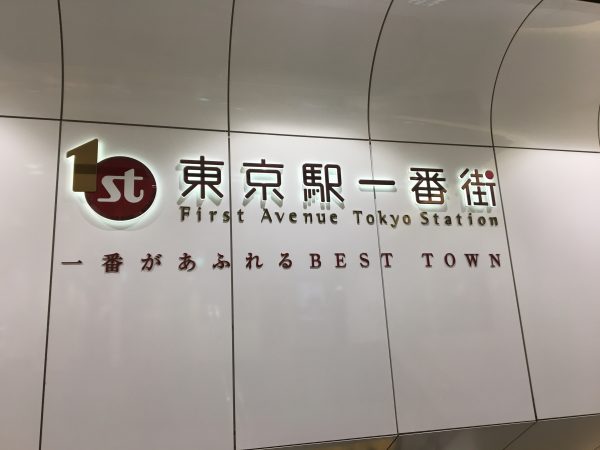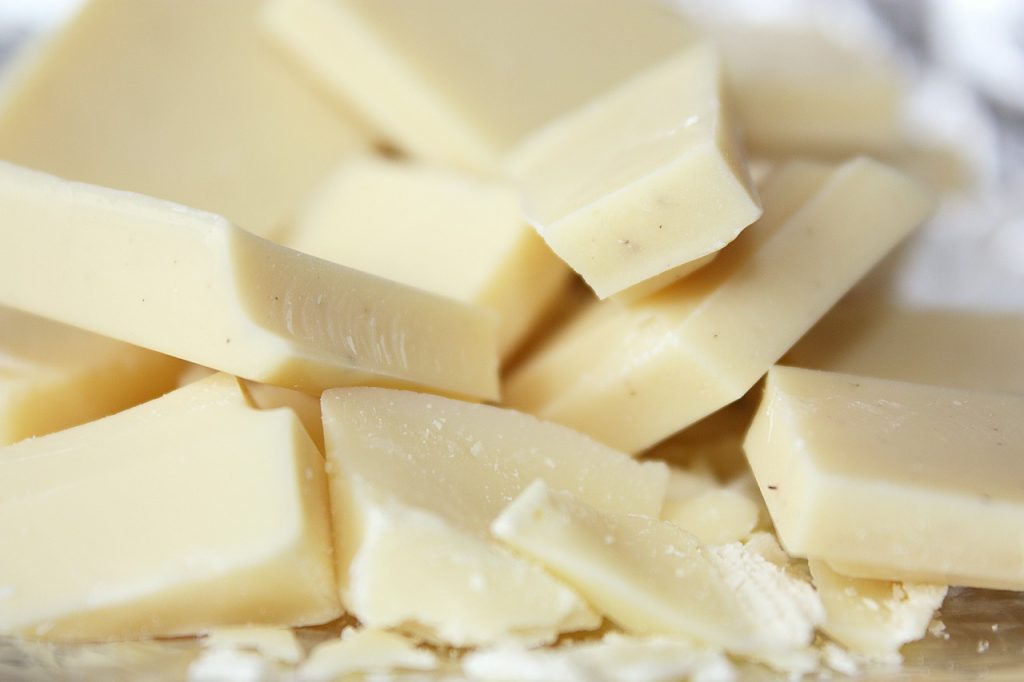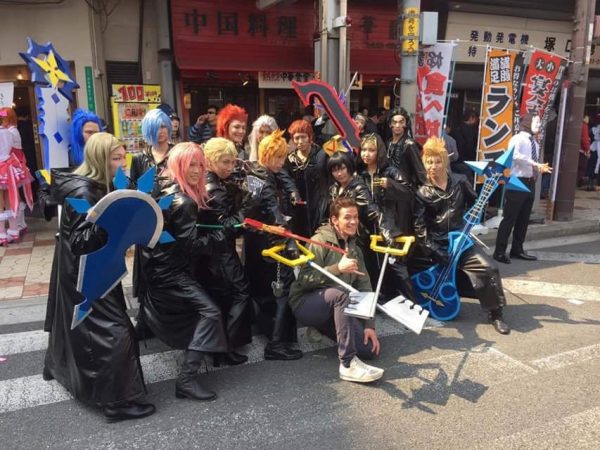In almost any other country, a doll festival would sound… sorta creepy. How does Japan get away with it? Same way as everything else – with the power of kawaii merch.
‘Hina Matsuri‘ is ‘Girls’ Day’ or ‘Dolls Day’. A day to thank heaven for little girls – to wish for their future health, wealth, and happiness.
It’s always held on March 3rd. The festival’s celebrated all over Japan, but isn’t a national holiday.
The Hina Matsuri tradition goes back centuries. Hundreds of years ago, people set straw dolls on fire and floated them down rivers. Wonder why that ceremony died out, huh. Some places in Japan do still send not-burning paper dolls out into the water.
Maybe you’re wondering when Boys’ Day is. Japan’s separate ‘Children’s Day’ on May 5th is otherwise known as Boys’ Day. Yeah, we know that’s not the same thing. Children’s Day also counts as a national holiday – chosen for being at a time of year with better weather.
Up all day to get lucky
If winding tinsel around a Christmas tree’s the highlight of your year, you’re gonna love Hina Matsuri. It’s a great excuse to decorate.
Every area of Japan’s got a different idea of what goes where. But we can all agree no room’s complete without a hina ningyo doll set. That cute couple at the top’s the Japanese Emperor and Empress. They’re always together, above up to 6 more tiers of other dolls and miniatures representing the imperial court.

Sets of dolls are often passed down through generations. When a couple has a baby girl, it’s also traditional for grandparents to buy hina dolls as a gift. In theory, that means only families with daughters display hina dolls. But that’s not a hard and fast rule.
Modern hina dolls look super different. Over time, they’ve gotten less ‘realistic’ and more kawaii. Some are based on popular characters, like Hello Kitty and Mickey Mouse.

Remember to take your display down on Hina Matsuri itself! If the Showa-era legend’s true, leaving dolls out til the 4th (or longer) means girls in the family are doomed to marry late. Doomed.
Back to the happy things about this day…
You can eat any colour, as long as it’s pink
As with nearly every Japanese festival, there are special ‘lucky’ foods and drinks to try. Like colourful hina-arare crackers and rice puffs.

And diamond-shaped hishi mochi, with pink, white and green layers (same as hanami dango). Maybe the most instantly recognised symbol of Hina Matsuri. So popular, we’ve seen hishi mochi-themed:
- fake food samples
- headgear for cats and dogs
- aprons and cloth teatowels
- desktop calendars
Some people get fancy with round temari sushi. Sushi’s a good choice, as inarizushi and chirashizushi are commonly eaten on Hina Matsuri too. A ‘temari’ is an embroidered ball sewn from bits of old kimonos, and the sushi’s made to look just as pretty. They’re carefully decorated with strands of nori, veggies cut into flower shapes, and spring onions.
The other name for Hina Matsuri is ‘momo no sekku’, the peach blossom festival. Based on the old pre-Gregorian calendar – peach blossoms don’t bloom in March any more, oops. The most obvious peach-themed thing to eat is… a peach. Or limited-edition peach Caramel Corn.
Who runs the world?
Everyone can celebrate Hina Matsuri, from anywhere. Hey, eat as many crackers as you want – we’re not gonna judge. Use DEJAPAN to take a closer look at hina dolls and other traditional Japanese items.




